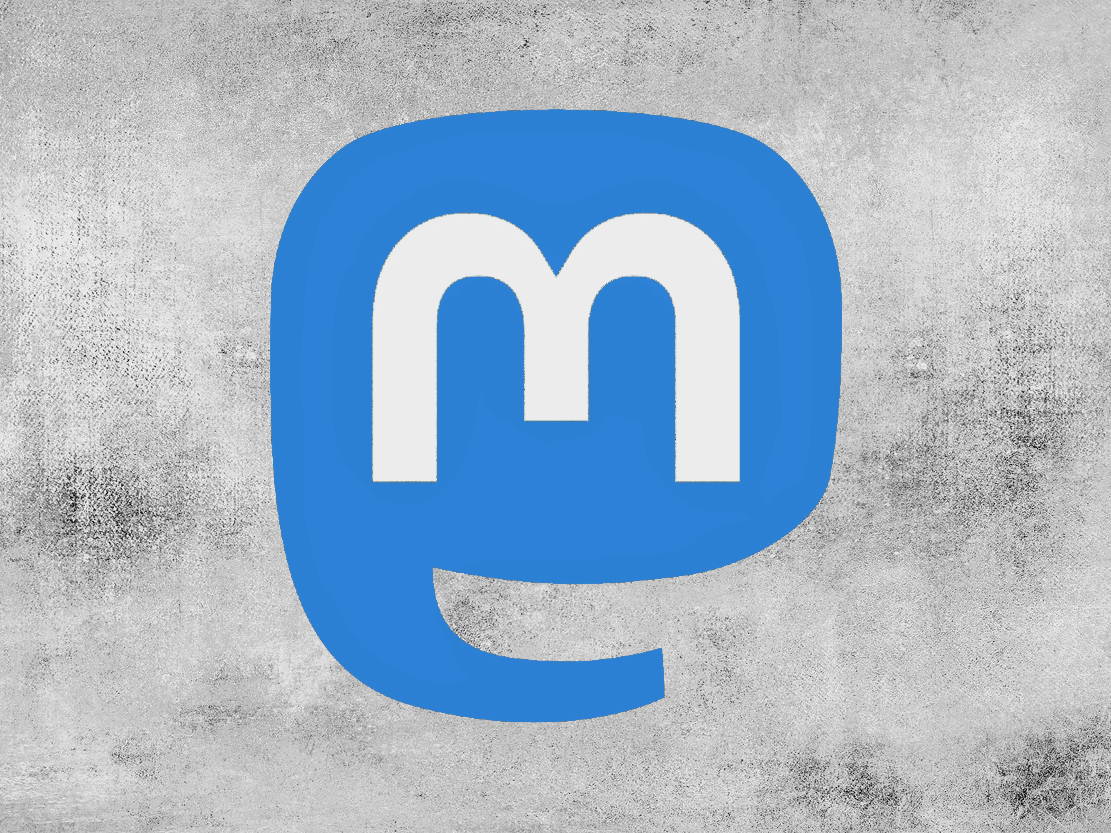Mastodon: What is the new social network Twitter users are fleeing to after Elon Musk takeover
Mastodon has gained 230,000 users in the last week

Elon Musk’s takeover of Twitter has pushed users to alternative platforms, including a perculiar one called Mastodon.
The social media site has reportedly gained over 230,000 in the wake of Mr Musk’s buyout, with a total of 655,000 users.
However, Mastodon is not as simple to use as Twitter - despite looking superficially similar.
How do I join Mastodon?
Mastodon users have to join a server when they sign up, which are usually themed by interest or geography; the main one is mastodon.social.
“If what you want to talk about most fits into a clear category (maybe it’s video games or art or queer life or coding or fiction or whatever) then it might be worth making your first server one where that will primarily host that sort of content”, Mastodon explains.
“You’ll be able to chatter to people on other servers, no matter which one you choose. Remember, this is like email and you can still email your mum on her ancient Yahoo account from your Gmail, for example.”
The server that a user joins becomes a part of their username, which is how users can look up each other.
Why are there multiple servers?
Mastodon separates the platform out into different servers so it cannot be controlled by one individual or company.
The different servers will have different rules, posting guidelines, and a smaller user base - all of which means it should be easier to interact with people and see less spam and harassment.
Some servers might choose not to link to others, which might have bots or malicious users.
What’s it like using Mastodon?
Mastodon is very similar to Twitter. Tweets are called “toots” which can be liked or “boosted” (retweeted).
Mastodon prioritises posts by time rather than Twitter’s algorithmic attempts to show users what it thinks they want to see.
Otherwise, the site includes hashtags, user tagging, photo and video uploads, and other features Twitter users will recognise.
To find other users, the simplest way is a tool called Twitodon, which lets users sign in with both Twitter and Mastodon and then scans Twitter followers for anyone who has also signed in using both services.
It then spits out a list, which can be imported into Mastodon via instructions on the site.
Join our commenting forum
Join thought-provoking conversations, follow other Independent readers and see their replies
Comments
Bookmark popover
Removed from bookmarks